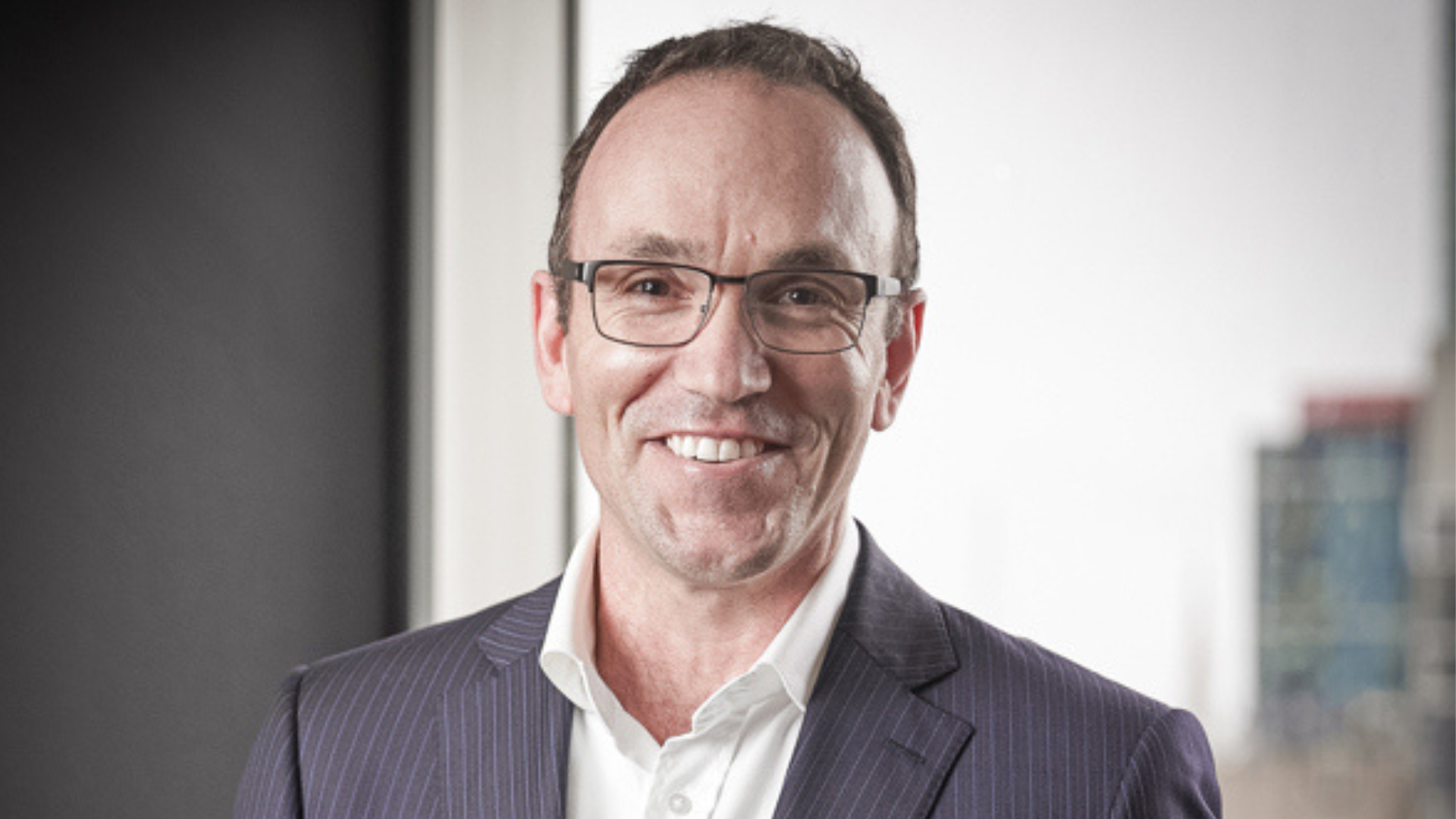Investing anxiety? Think: what would Buffett do?
by Sandy Rattray*
It was US presidential advisor Bert Lance who popularised the phrase “If it ain’t broke, don’t fix it” while serving under Jimmy Carter in the late 1970s. He went on to say: “That’s the trouble with government: fixing things that aren’t broken and not fixing things that are broken.”
For many in the financial markets, the crash of 2008 was like having the bottom drop out of a once stable and predictable world. Traditional discretionary traders were forced to question previously firmly held convictions. It was unsurprising, perhaps, that many lost the courage of their convictions.
One of the great paradoxes that almost every fund manager faces is that we are asked to make lightning-fast decisions at the same time as maintaining long-term investment strategies. When the previously certain is suddenly rendered radically unstable, those long-term convictions – whether asset allocations, trading strategies or investment philosophy – can suddenly seem less convincing than they once did. Challenging periods can test a manager’s faith in their investment strategies, with pressure from all sides to “fix the problem.”
For many systematic traders, who rely upon a set of trading rules and quantitative models to direct their strategies, the turmoil of 2008 was a period of solid, often exceptional returns. The following years were more difficult, and by 2013, investors were starting to lose patience. The evidence of that trend working for many decades in the past seemed less convincing all of a sudden.
Under such scrutiny, it can be tempting to change tack. Managers who alter their traditional strategies after a period of underperformance are often said to be indulging in “style drift.” Style drift is generally (and in our view rightly) considered a bad thing by many institutional investors. You are giving up on the key signal that likely made you successful in the first place.
Let’s take some examples from the discretionary investing world. In early 2000, Warren Buffett, in his annual circular, stated “My “one subject” is capital allocation, and my grade for 1999 most assuredly is a D.” Berkshire Hathaway had underperformed the S&P 500 by 41per cent that year. He went on to say: “I expect that the gain in Berkshire’s intrinsic value over the next decade will modestly exceed the gain from owning the S&P.” He clearly felt burned by his 1999 experience. But the following 10 years, Berkshire actually delivered a remarkable 9 per cent annual excess return to the S&P. There was no style drift.
In the world of systematic investing, we have clear evidence that “fixing it” more often destroys more value than it adds. Here are some clear recent instances.
At the beginning of 2014, there was a strong consensus that “bond yields are going to rise and momentum investors cannot make money when yields rise.” At the same time, equities had shown very strong momentum in 2013, especially in the US. So, the pressure was there to reduce bond allocations and increase equity allocations. In fact, the markets have seen a spectacular rally in bonds, both in the US and Europe. “Fixing it” would have been much closer to “breaking it.”
There was also a growing belief that trend-following investment strategies were locked into a period of underperformance. Sharpe ratios, the measure by which analysts judge risk-adjusted returns, were predicted to remain at deflated levels over the medium term. There was therefore pressure on momentum investors to turn away from their core skills to other new areas, like equity trading.
These were the two largest pressure points on systematic investors at the beginning of 2014, and with the benefit of hindsight, both were completely wrong. “Fixing it” was style drift and would have damaged returns to investors.
But you can’t avoid change forever, so how should investors think about when to give up on a strategy? Drawdowns, the technical term for a fund’s peak-to-trough decline, are inevitable. History does actually matter – the longer a time period analyzed, the more the chance of a drawdown with the same strategy. Investors should clearly identify their time horizons and not judge long-term strategies on short-term fluctuations.
Second, you need to carefully think about whether drawdowns are more useful than Sharpe ratios for determining whether to cut a strategy. Recent research by our colleague, Professor Campbell Harvey at Duke, suggests that drawdowns are much less useful than Sharpe ratios, largely because they embody much less information (just two price points, rather than all the risk-adjusted returns).
The debate will not end, but we believe it is reasonably clear that much of the pressure to change, or fix it, is misplaced. Investors are generally better served by sticking with strategies, especially if there are credible reasons to believe that they capture a risk premium or market anomaly which is likely to persist over the long term.
Perhaps we should rephrase that Bert Lance quote: “If you think it’s broken, perhaps you are too impatient.”
*Sandy Rattray is chief executive of the hedge fund Man AHL, which is Man Group’s diversified quantitative-investment business. Man is one of the world’s largest independent alternative investment managers.










